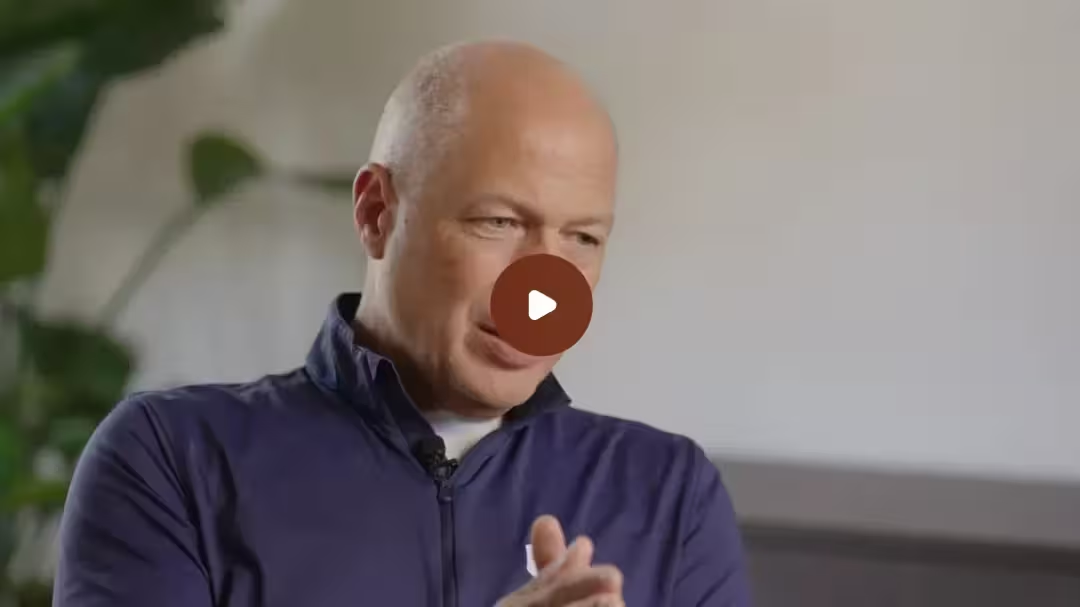- Employ Multiple Forecasting Methods: Use at least three different forecasting techniques for any prediction you're making. This could range from using statistical models, expert judgment, to machine learning algorithms. The diversity in approaches will give you a broader perspective.
- Analyze the Differences: After obtaining forecasts from multiple methods, calculate and examine the differences between them. Understanding why these differences exist can provide insights into the dynamics of the situation you're analyzing and the reliability of your methods.
- Document Your Findings: Write down explanations for the discrepancies observed between your forecasting methods. Note factors that may have contributed to these differences, such as data quality, assumptions made, or external influences. This documentation will be valuable for future forecasts and learning.
- Make a Decision Early: Choose a number or outcome to act on from your forecasts earlier than you might feel comfortable with. This practice encourages decisiveness and can help you become more comfortable with uncertainty over time.
- Submit and Commit: Once you've made a decision, submit or commit to it confidently. Then, monitor the outcome to gather data on the accuracy of your decision.
- Repeat Regularly: Engage in this process of forecasting, analyzing differences, documenting findings, making decisions, and committing to them at a regular interval—suggestively, on a weekly basis. This repetition will help refine your forecasting skills and improve decision-making over time.
- Monitor Accuracy and Learn: Pay close attention to the outcomes of your forecasts versus actual results. Over time, you'll start to see patterns in where your forecasts are more or less accurate, allowing you to adjust your methods and assumptions for better future predictions.
- Adjust Frequency as Needed: While weekly is a suggested starting point, adjust the frequency of your forecasting exercise based on its complexity, the volatility of the situation, and your capacity. The goal is to find a rhythm that keeps you informed and agile without causing burnout.
- Embrace Uncertainty: Recognize that forecasting is an inherently uncertain exercise. Be prepared to adjust your forecasts and decisions as new information becomes available. This mindset will help you remain flexible and responsive to change.
- Seek Feedback and Collaborate: Share your forecasting models and outcomes with peers or mentors for feedback. Collaboration can introduce new perspectives and techniques that might improve your forecasting accuracy and decision-making process.
Implementing these tips can not only improve your forecasting skills but also enhance your ability to make informed decisions.
Get the full guide here.


.svg)
.svg)
.svg)
.svg)










